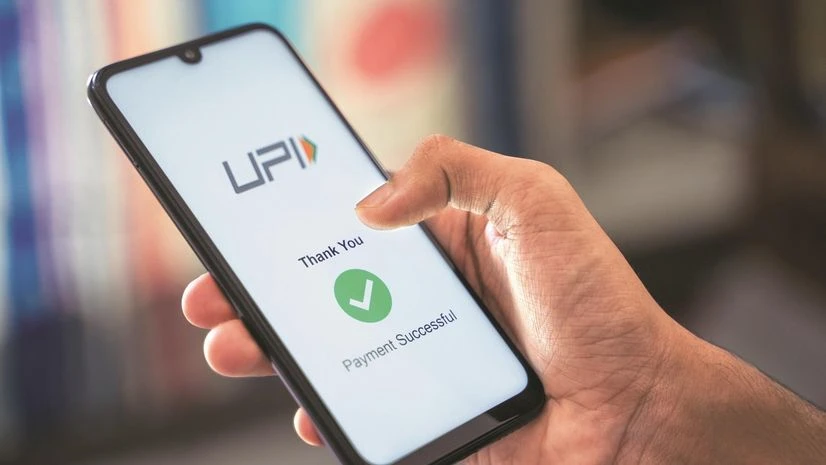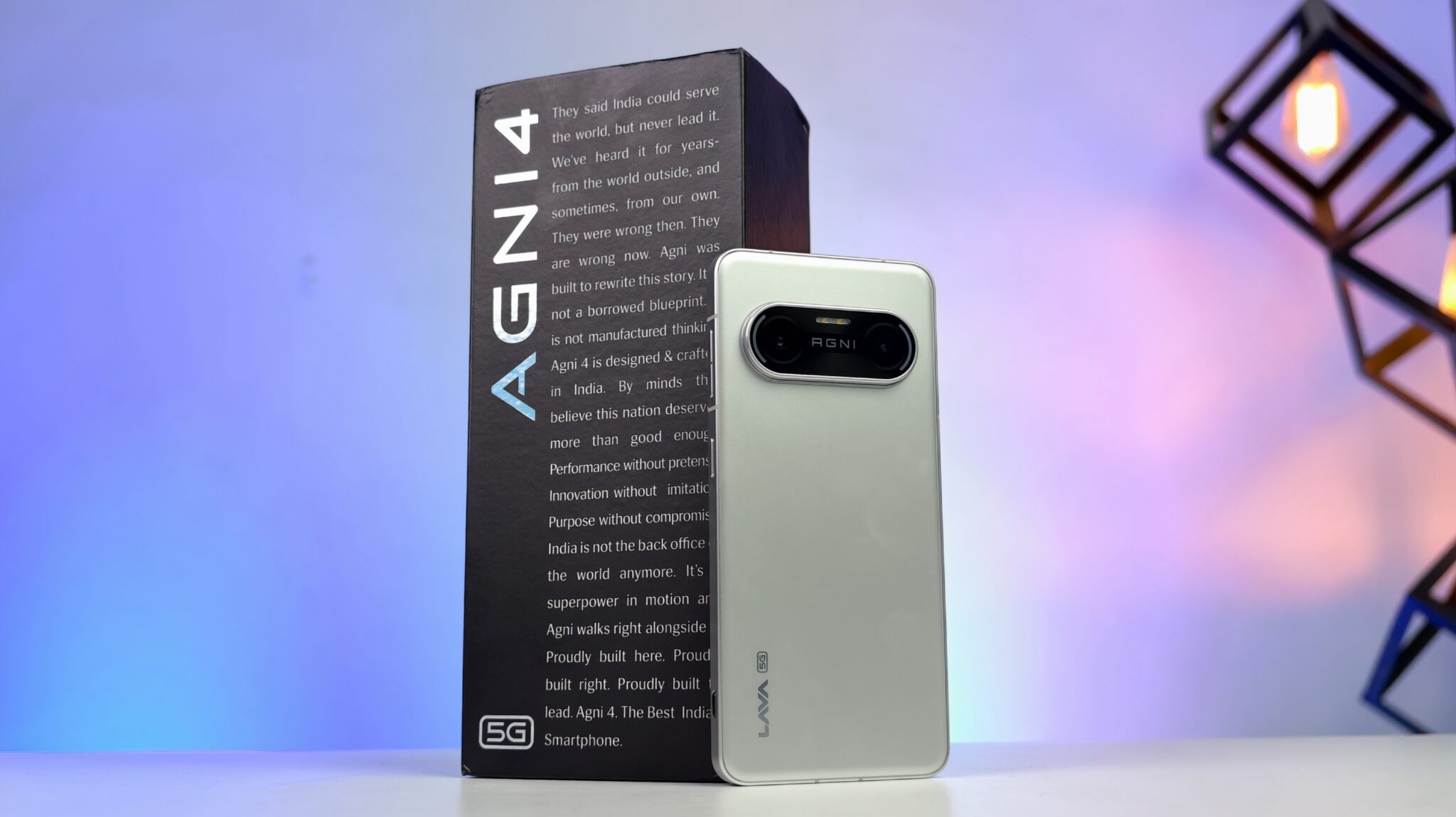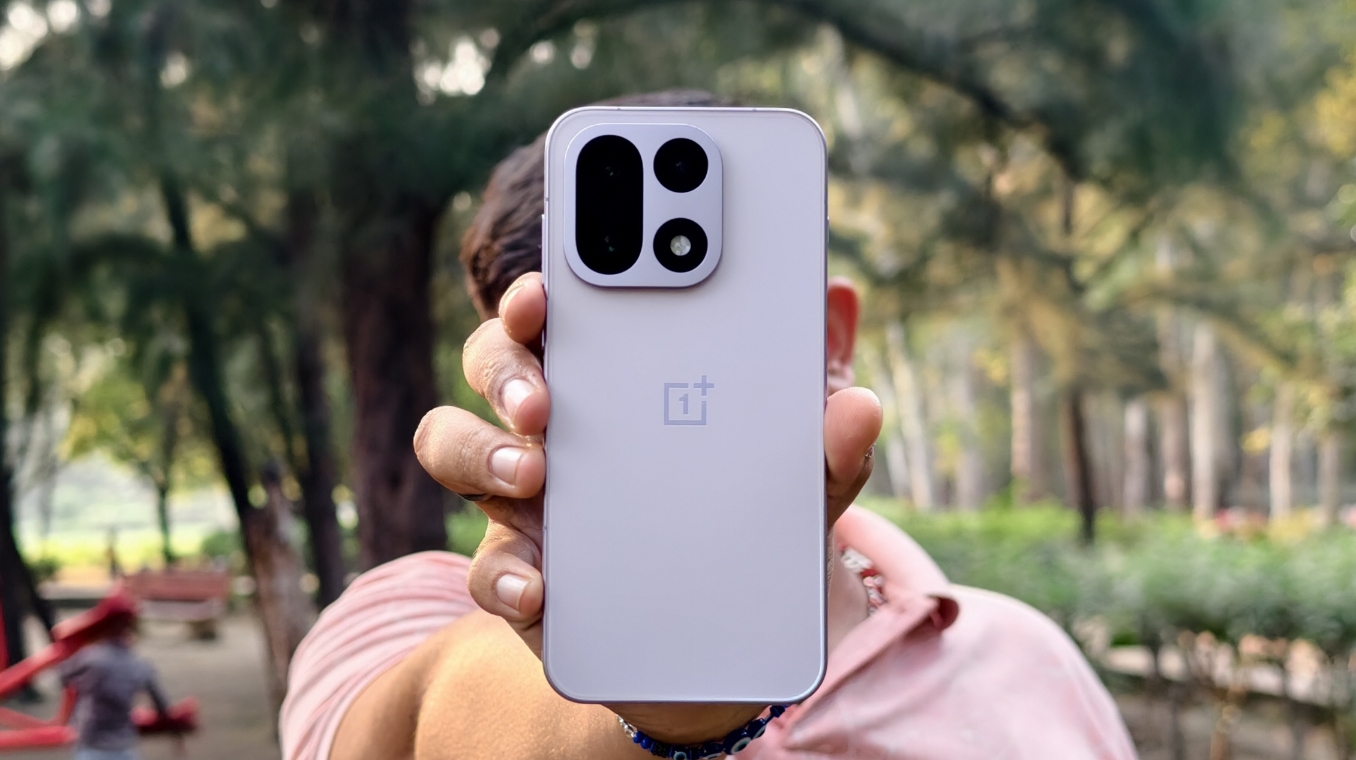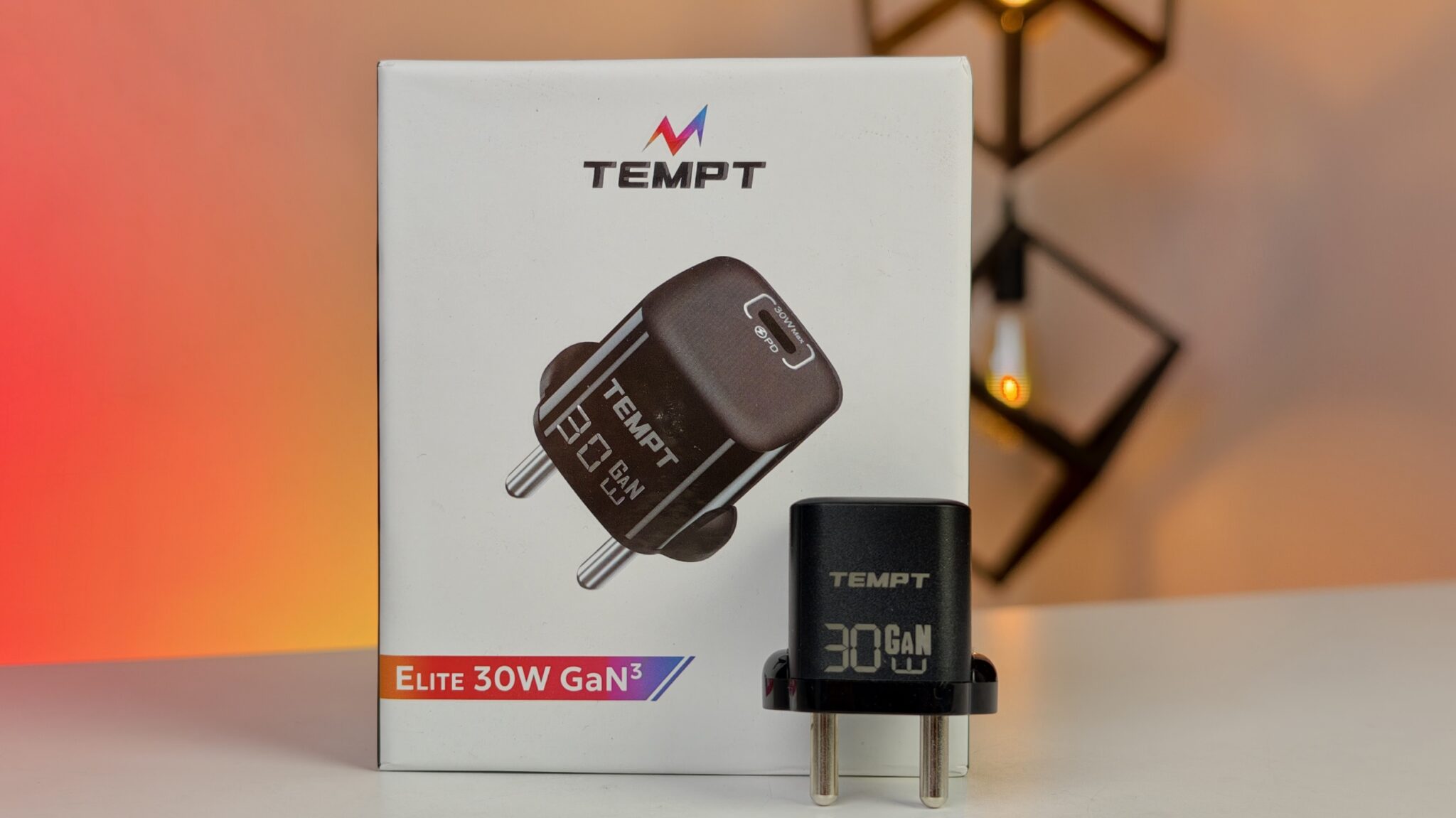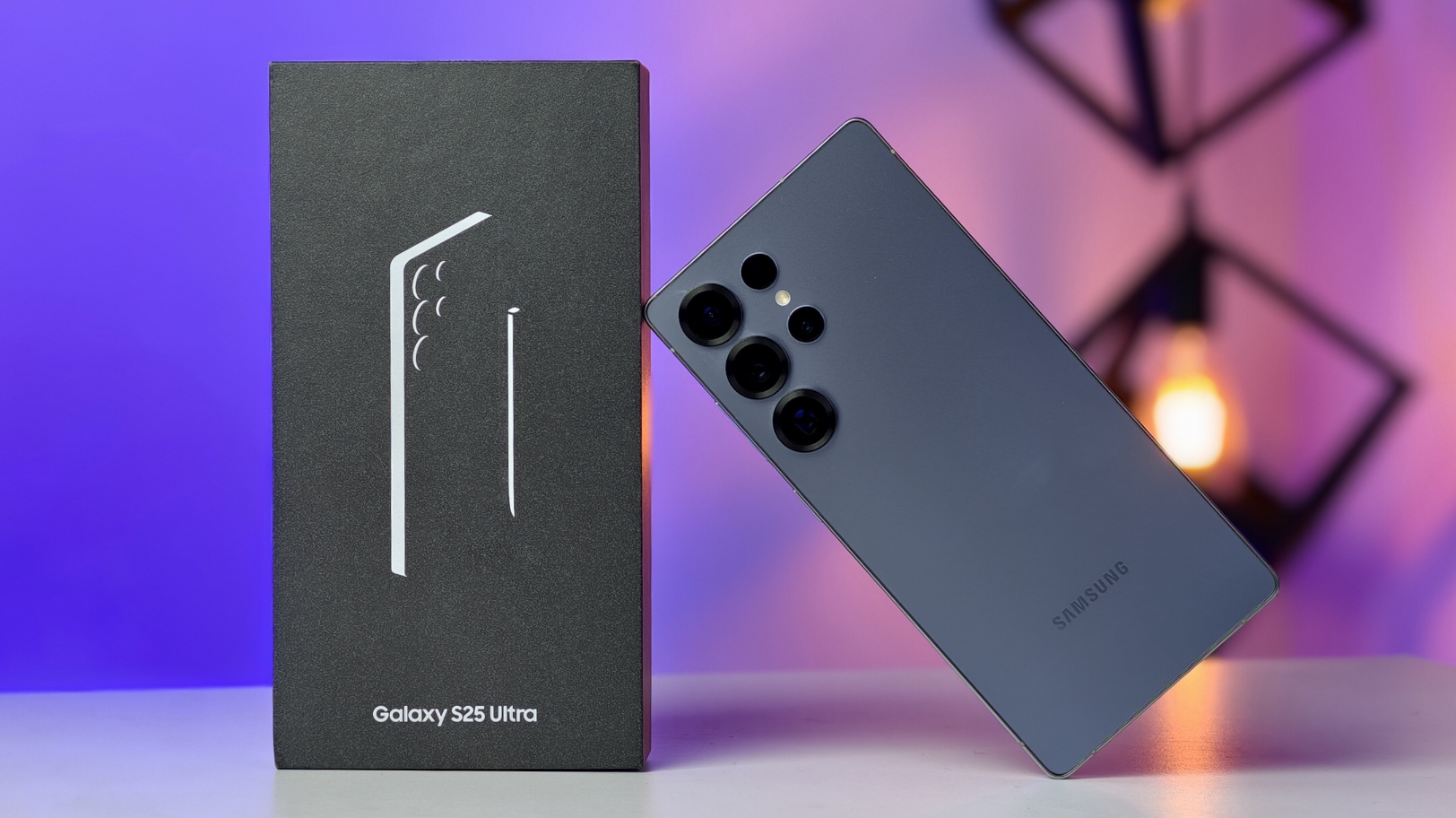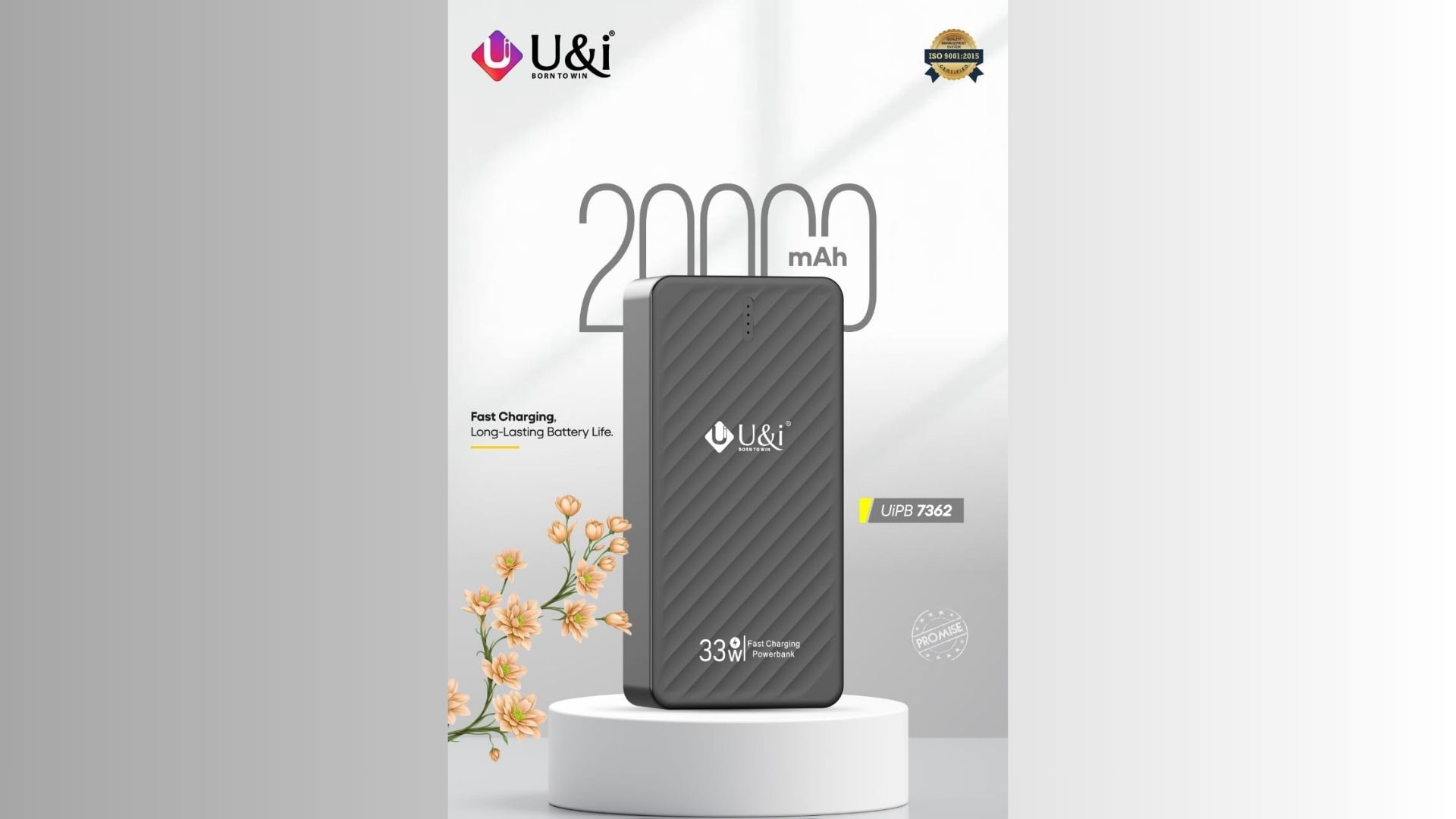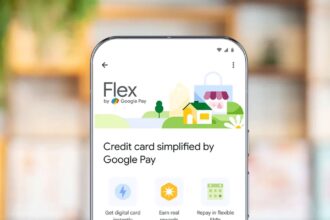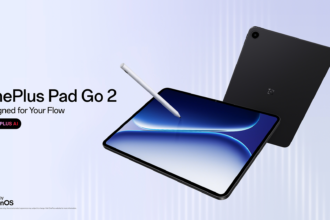The National Payments Corporation of India (NPCI), in partnership with the Reserve Bank of India (RBI), is implementing seven new rules for the Unified Payments Interface (UPI) from August 1, 2025. These changes apply across major platforms including Paytm, PhonePe, Google Pay, and BHIM. And while none of the updates directly limit how much money you can send or receive, they do reshape how the system works, especially around frequency, verification, and background processes. If you’re someone who uses UPI frequently (and let’s face it, that’s most of us now), it’s worth understanding what’s about to shift.
Key Takeaways
- Daily limits are being imposed on balance checks and how often you can refresh UPI status.
- Autopay transactions will only go through during specific non-peak hours.
- Inactive UPI IDs will now be automatically disabled after a year of no use.
- Recipient verification will be shown upfront before every transfer.
- Dispute redressal processes are being standardized with strict timelines.
- UPI Lite wallets get more top-up flexibility.
Detailed Overview of the New Rules
- Daily Cap on Balance and Account Info Checks: Users can now view their account balance only 50 times per day per app, and list bank accounts no more than 25 times daily. The good news? Each successful UPI payment will now automatically show your updated balance, which should reduce the need to check it manually.
- Transaction Status Limits: You can only check the status of a pending UPI transaction three times, and there must be a 90-second gap between each check. It might sound strict, but it’s designed to ease system load during high-traffic periods.
- Scheduled Payments Only in Off-Peak Hours: Recurring payments via Autopay like EMIs, insurance, OTT subscriptions will now be allowed only during less busy hours: before 10 AM, between 1 PM to 5 PM, or after 9:30 PM. And if a transaction fails, it will retry only three more times, totaling four attempts max.
- Auto-Deactivation of Inactive UPI IDs: UPI IDs or bank accounts that haven’t been used for over 12 months will be disabled automatically. This is largely a security measure to prevent misuse of dormant UPI handles, especially if mobile numbers change hands.
- Mandatory Beneficiary Name Display: Every time you initiate a transfer, the app must now show the official name linked to the recipient’s UPI ID before you proceed. It might be a small change, but it can prevent costly errors or even scams.
- Unified Chargeback and Refund Process: All UPI apps must now follow a standardised process to handle failed or disputed transactions, with issues required to be resolved within a fixed timeline (often within 7 working days).
- UPI Lite Wallet Flexibility: You’ll now be able to top up your UPI Lite wallet using any of your linked bank accounts, not just the default one selected in the app. This improves convenience for low-value, offline transactions.
Why the NPCI is Doing This
In just May 2025 alone, over 18.67 billion UPI transactions were processed, worth ₹25.14 trillion. That kind of volume puts a strain on systems and increases the risk of fraud or misfires.
These new rules are, more or less, a proactive step to optimize network traffic, reduce fraud surfaces, and create a smoother, more predictable experience for users and banks alike.
At first glance, some of these changes might feel a little restrictive, especially the balance check limits or status query caps. But over time, they’re meant to cut down on needless API calls and help prevent fraudulent payments. It’s not a bad trade-off if it means fewer failures and more trust in the system.
Frequently Asked Questions (FAQs)
Q1: Do these new rules apply to all UPI apps?
A1: Yes, these rules are mandatory and will apply to all UPI-enabled applications, including Google Pay, PhonePe, Paytm, BHIM, and banking apps that offer UPI services.
Q2: What should I do to prepare for these changes?
You do not need to take any specific action. The changes will be automatically implemented by your bank and UPI app. Just be aware of the new rules, especially the transaction limits for new contacts and extra verification for large amounts.
Q3: What happens if my UPI ID is inactive for over a year?
Your UPI ID will be deactivated. To use it again, you will need to re-register for UPI through your payment app by verifying your mobile number and linking your bank account again.
Q4: Will the 4-hour delay apply to all my payments?
No, the 4-hour delay and the ₹2,000 cap only apply the very first time you send money to a new UPI ID or phone number that you have not transacted with before. Subsequent payments to the same contact will not have this restriction.
Q5: Is there any change to the overall daily UPI transaction limit?
No, the overall daily transaction limit, which is generally ₹1 lakh for most users, remains unchanged. The new rules introduce specific conditions for certain types of transactions.


